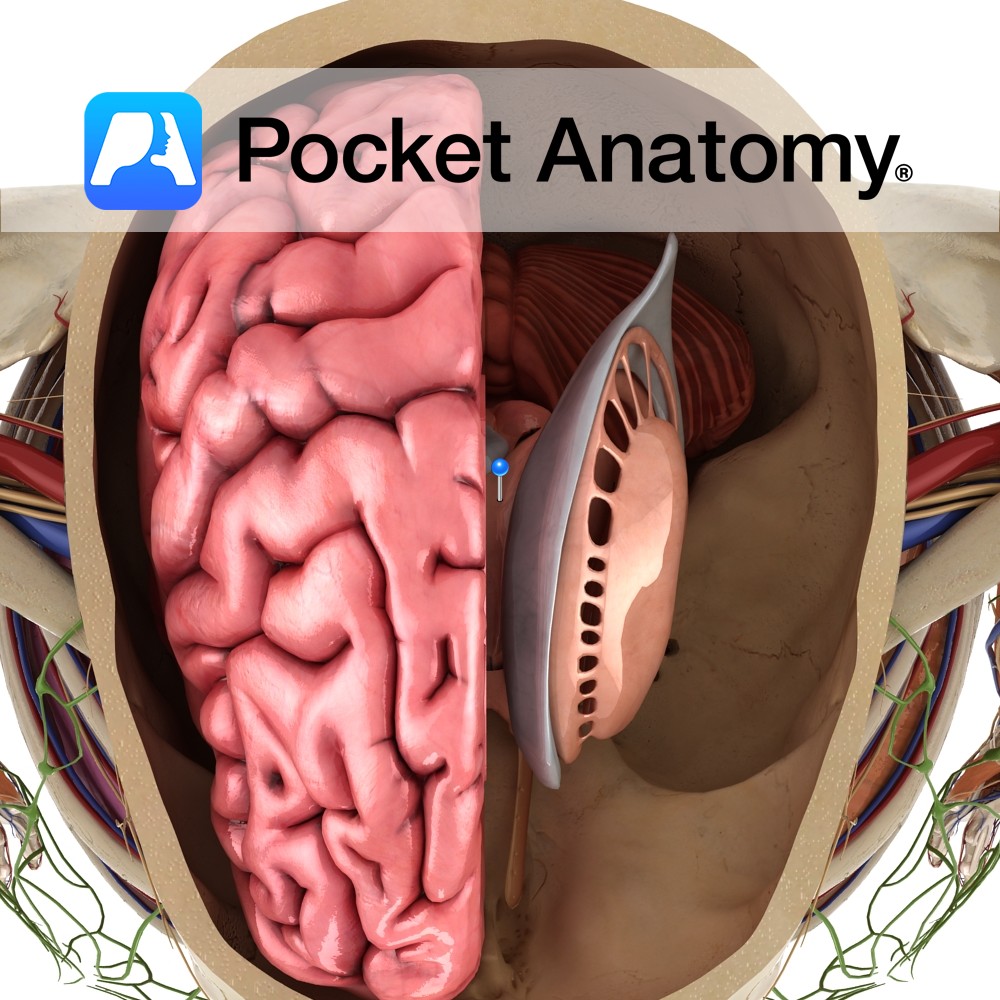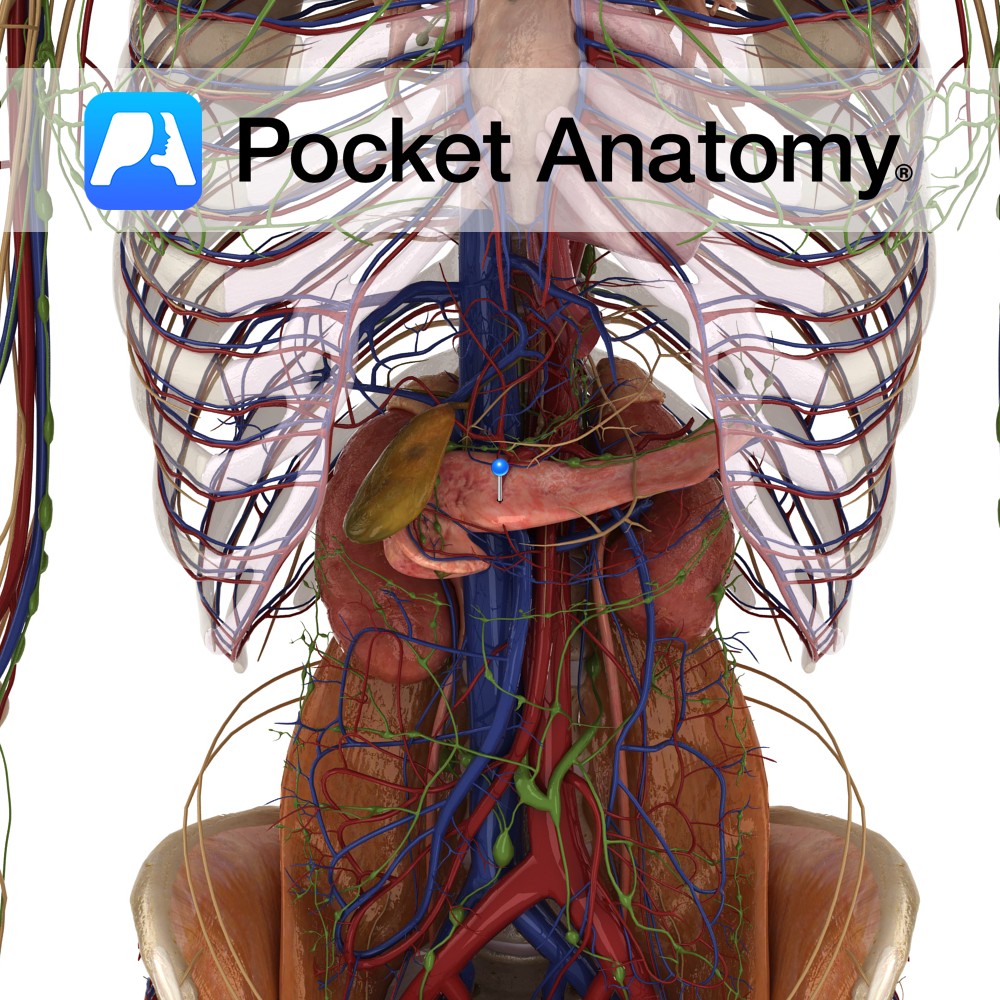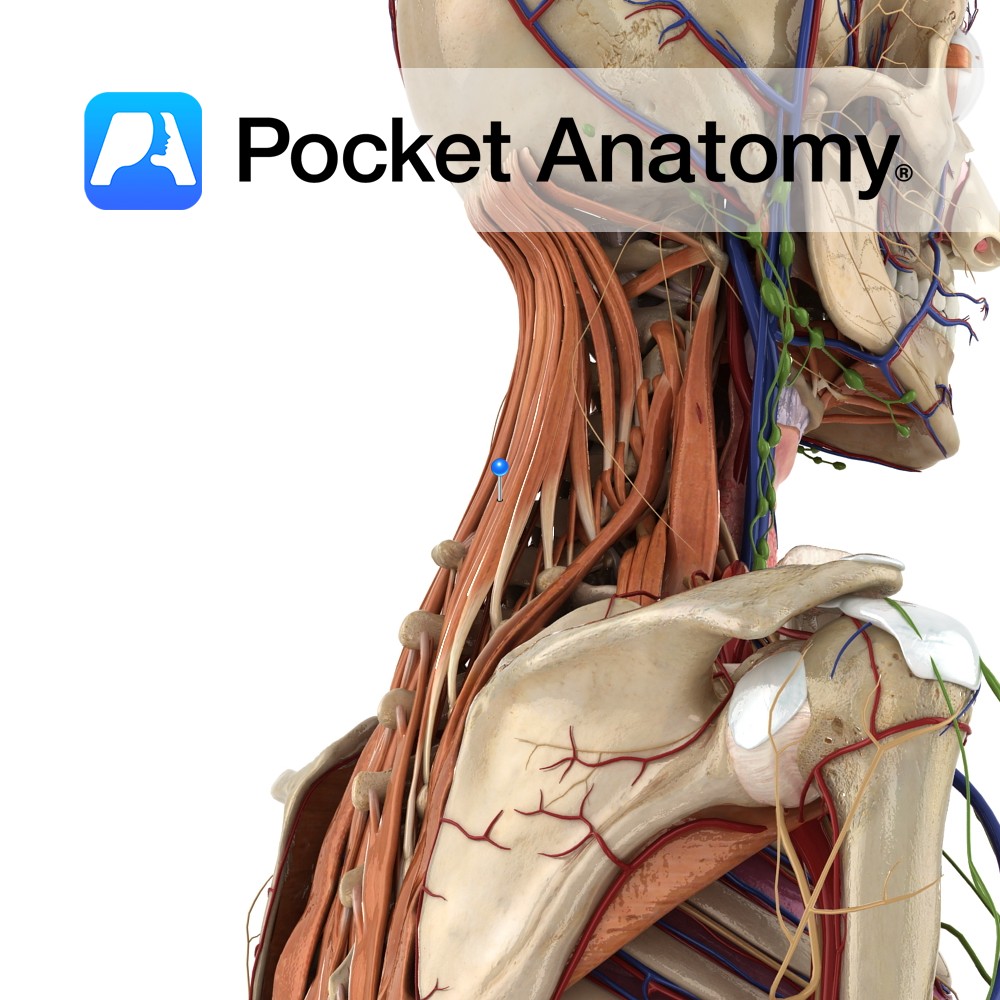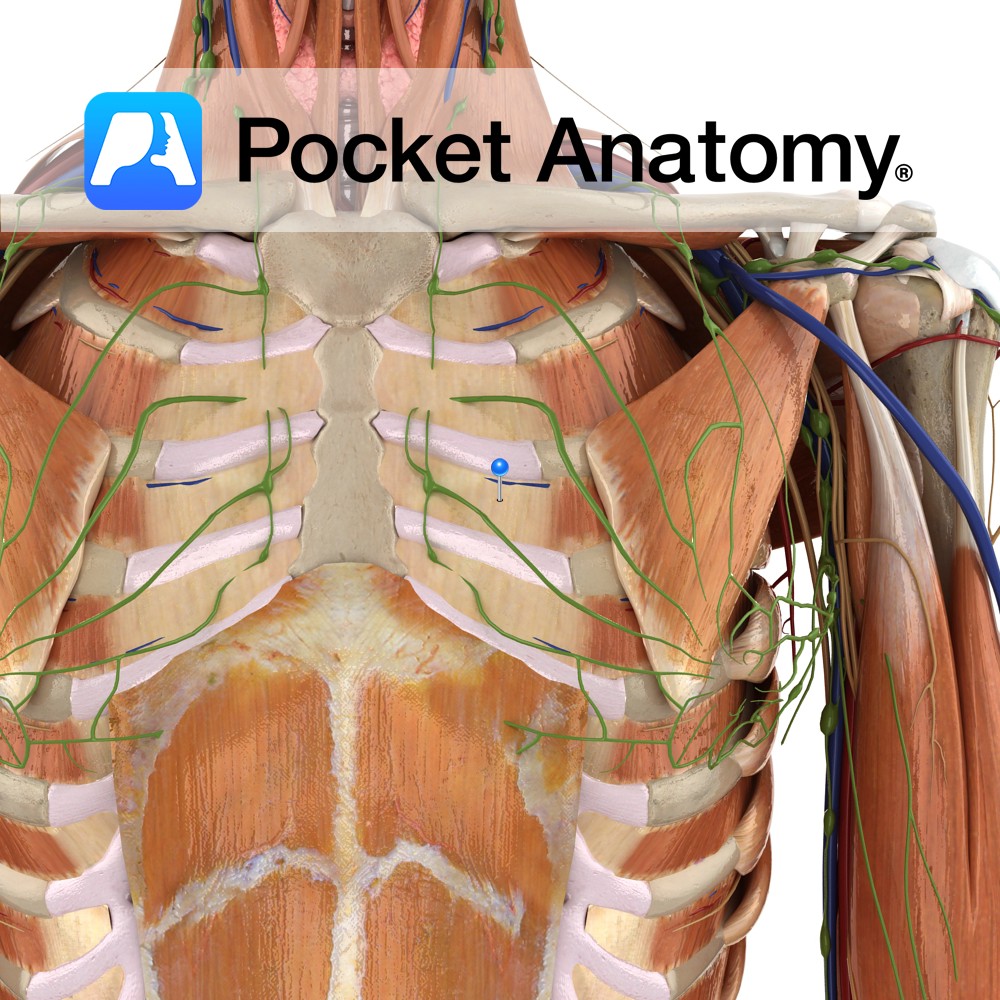Anatomy
A paired structure located in the medial temporal lobe that forms the floor of the inferior horn of the lateral ventricle.
Blood Supply:
Supplied by branches of the internal carotid and posterior cerebral arteries.
Functions
The hippocampus may act as a neural map of the external environment. It receives information regarding the body’s position in space and aids in navigation.
The hippocampus is also concerned with recent memories and consolidates them to long-term memory. Memories are projected to the desired region of the cerebral hemisphere and are retrieved on demand.
It also projects via a large fibre bundle (the fornix) to the hypothalamus to aid in the regulation of hypothalamic function.
Clinical
The hippocampus is a part of the limbic system and Papez circuit (projecting via the fornix to the septal areas, then to the mamillary bodies, which project in turn to anterior nucleus of the cingulate gyrus of the frontal lobe, and thence back to the hippocampus). Lesions of the Papez circuit, including hippocampus, may have a significant deleterious effect on anterograde memory.
Alzheimer’s disease characteristically involves the hippocampus.
Mesial temporal lobe epilepsy is a common site of focal epilepsy, and is commonly associated with memory deficits.
Herpes simplex virus type I has a nootropism for the temporal lobe and frequently herpes simplex virus type I mediated (limbic) encephalitis may result in memory impairment.
Antibody-mediated autoimmune limbic encephalitis (e.g. antineuronal antibodies such as anti-Hu, anti-Ta, anti-ma) may also result in significant hippocampal damage.
Interested in taking our award-winning Pocket Anatomy app for a test drive?





